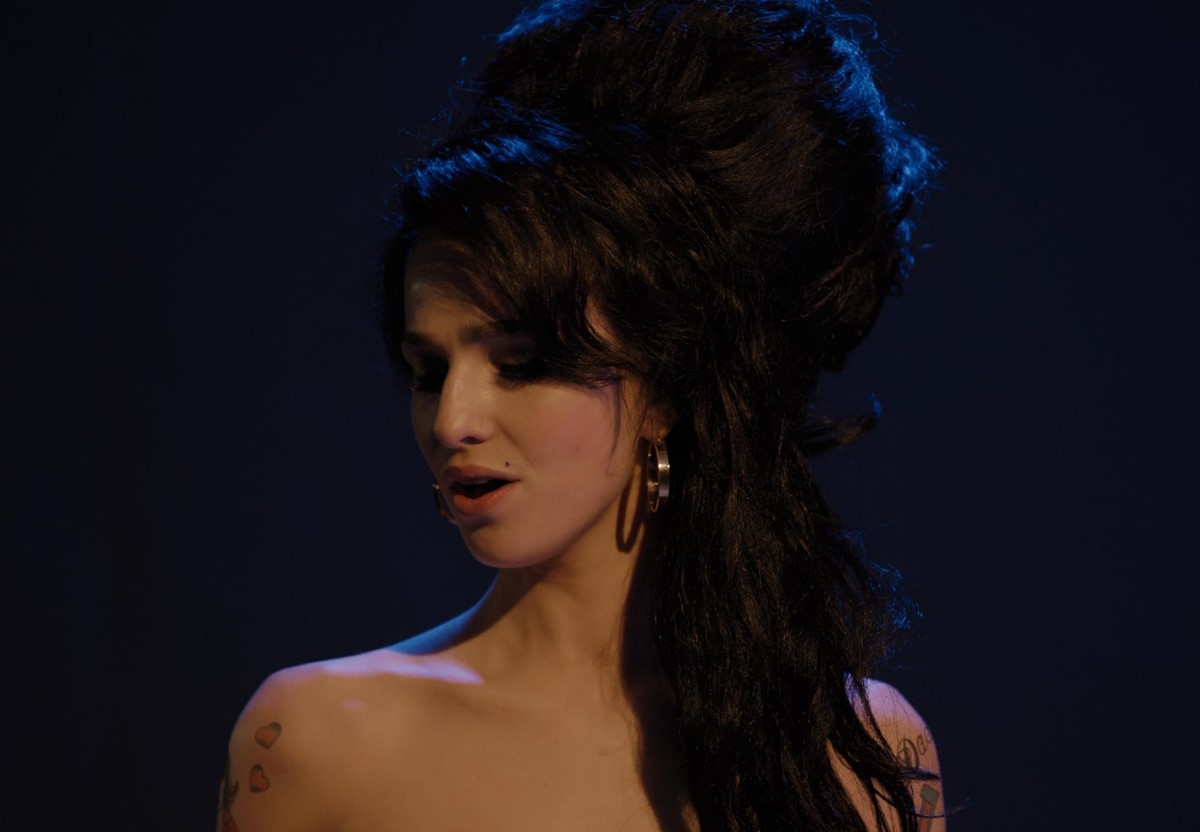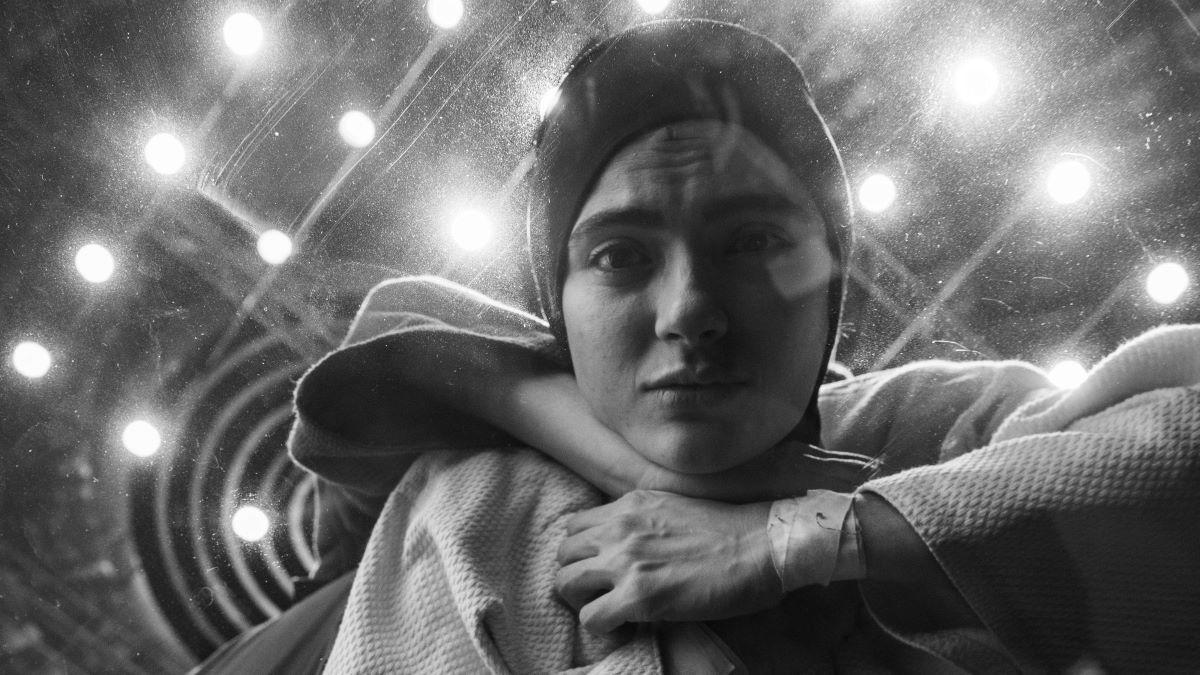Lenny is Fosse’s first nonmusical, but it is a choreographed work nevertheless, set to the rhythms that were Bruce’s
It’s like a shtik right out of a Lenny Bruce routine, and somewhere Lenny is laughing himself silly because living legendry and posthumous mythology were among his favorite targets. What a bitter bit he could have socked at his audience about his own instant immortality!
The dishonored prophet, the underground man and ultimate hipster of the fifties, martyred by its mores and killed by drugs, is fast approaching sainthood, a beatification indicated by the recent publication of Ladies and Gentlemen— LENNY BRUCE!!, by Albert Goldman, from the journalism of Lawrence Schiller; by the arrival of Lenny, a film based on the 1971 play, and the release of Lenny Bruce Performance Film, made in August, 1965, one year before his death (accident? suicide?) from an overdose of heroin, at the age of 40. Address yourself to these and, reeling from future shock, you will learn as much about the pulse and propensities of our society as you will about the man who contributed so much to changing its look and its outlook. The ultimate irony—and again I think of Bruce’s sardonic glee—is that the fiction becomes the fact, the art becomes the life, and Dustin Hoffman emerges as Lenny Bruce while Bruce appears a poor pastiche of the genius that was.
Lenny is a brilliantly conceived and executed film, with the screenplay by Julian Barry based on his Broadway work and directed with stunning style by Bob Fosse. It is Fosse’s first nonmusical, but it is a choreographed work nevertheless, set to the rhythms of the nightclub world and the jazz pulse that were Bruce’s. It is a black-and-white film that captures, remarkably, both the naive surface and sordid core of Bruce’s surroundings and both the sweetness and sickness of Bruce’s self in a society that seems a century ago. Much like the Goldman book, the film is structured around the confessions of survivors: Bruce’s mother, wife, and agent, the unseen interrogator prodding, pumping and suggesting, the tapes that were to be his history rolling relentlessly between them. And almost subliminally, with sophisticated editing, we are drawn from them to the performer, to watch him feeding off his private experience for public purgation, the ironies glowing to angers, the comedy acquiring its kinks, the bitterness becoming a rage, the crusade becoming the obsession. Back and forth and around the man at the core, we come to a stunning realization of Bruce’s self-image—“a surgeon with a scalpel for false values”—starting with the words we dare not utter, the fantasies we keep in private, pouring them out to the sounds of that laughter that is the first resort of the psyche stripped, the inhibition released.
There is little glorification or deification of the subject, although the emphasis of the film is on Bruce’s iconoclasm and on the busts for obscenity, with relatively short shrift given to his general life-style in later years, which centered so much around drugs and groupies and physical deterioration. What is important is that Bruce’s routines are so artfully reconstructed, the juice of his creativity so carefully strained, that the claim to genius is justified. And for that Dustin Hoffman deserves full credit, vanishing into the Bruce persona to simply stunning effectiveness to offer us understanding of the boyish insecurities, the infatuation with shiksa gloss and stupidities, the daring risks and downright challenges of the Establishment done with clear-eyed passion, the destructive determination to find vindication. Hoffman captures the restlessness, the velocity of a man’s mouth straining to keep pace with a jet-propelled intelligence, the gutsiness of the catalyst daring the evocation of the worst of reactions. Above all, he shows us the transformation from a charming beginner to the knowing experimenter to the man stoned into near madness.
If the ugliness of much of Bruce’s behavior is underemphasized, certainly his victimization of his stripper-wife is not and the film offers a deeply compassionate portrait of that benighted beauty by Valerie Perrine, the unforgettable Montana Wildhack of Slaughterhouse-Five and the stock-car-racing groupie of The Last American Hero. As the washed-out addict of later years, as the incredibly luscious Hot Honey Harlow Bruce encountered in 1950, as the stoned-out mother of the child that didn’t mend their marriage, as the reluctant partner in his orgies, Ms. Perrinc is perfection in bringing a genuine affection to the surface and keeping a bewilderment at the core. It is through her that Fosse brings us the high and the low of the flesh trade, from a beautiful, erotic choreographed sequence of her strip routine to the painted-faced slobbery of a drug trip. Jan Miner, as Bruce’s mother; Stanley Beck, as his agent—the entire cast, from friends and relatives (a lovely bit by Rashel Novikoff as the aunt uttering “the cry of the Jewish seagull—Teh!’ ”) to judges and jurors and faces in the club crowds, is excellent in bringing the collage to the frenzied life that was Bruce’s, one the film-makers have, in their art, made so much a part of ours.
Lenny Bruce Performance Film, a 65-minute document made by John Magnuson at Basin Street West, becomes both a supplement to and source film for the Fosse work. Pulled and pasty-faced, clutching the trial transcripts that became the stuff of his last concerns, a frenetic Bruce searches through his repertoire and rambles through bits and pieces of his routines (from “Father Flotsky” through “The Intransitive Verb ‘To Come’ ”), the rapid-fire delivery tinged with incoherence, the niggling legalisms leading nowhere but to the intermittent boredom that plagued his last performances. The laughter from the unseen audience is desultory, the hilarity momentary, the ultimate sadness penetrating. For the film files and those who did not see him in his prime, it is Dustin Hoffman who embodies the performing art of Lenny Bruce.
Bruce, of course, predicted that eventually we would be going to arenas to watch small children being run over by automobiles. I faulted him for underestimating the crassness of our blood-lusts when The Exorcist came our way, and indeed, each week more movies arrived to make his prediction mild. Recently we had The Texas Chain-Saw Massacre (grossed $600,000 in four days in Texas alone) at which you could watch four demented butchers hack away at five teen-agers.
New York Magazine, November 18, 1974




